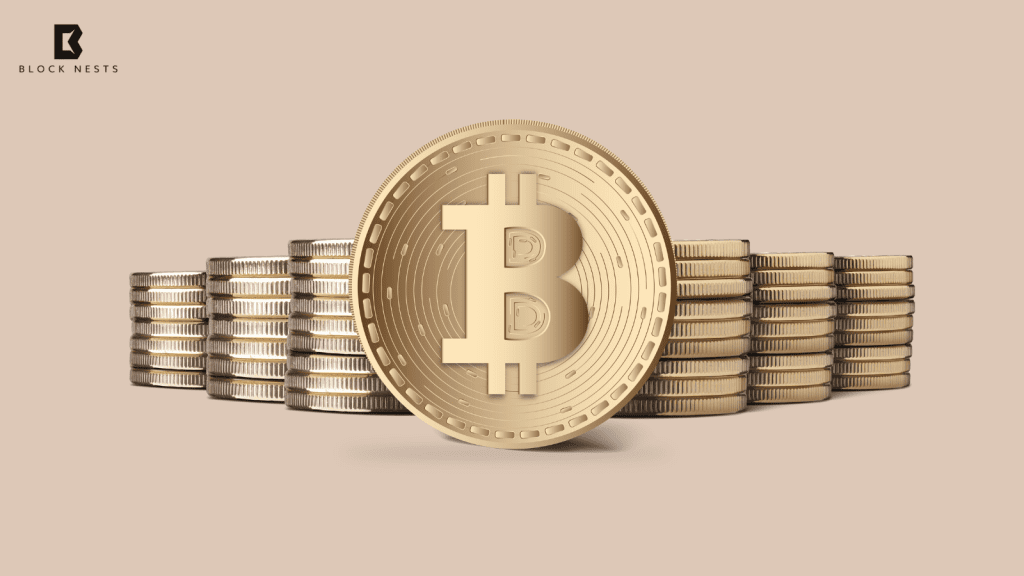- Bitcoin’s four-year price cycle is losing influence, with liquidity now playing a key role in price movements.
- Institutional investors are taking Bitcoin further and shifting the balances away from altcoins.
- Global liquidity and M2 money supply are now driving price movements, replacing traditional cycles as the key factors.
Bitcoin’s four-year cycle as a pattern of price performance is becoming less prominent in the market, says Ash Crypto. Before that, every BTC price resembled the phases of a bear market, accumulation phase, bull market, and euphoria phase. Therefore, the current trend indicates that the market has deviated from this pattern, and liquidity is now the most significant determinant of Bitcoin prices.
IS THE 4-YEAR CYCLE DEAD, OR IS IT ALL ABOUT LIQUIDITY?
— Ash Crypto (@Ashcryptoreal) April 30, 2025
The traditional 4-year crypto cycle tied to Bitcoin halvings looks like it is becoming irrelevant.
Historically, the cycle included:
👉 Bear market
👉 Accumulation phase
👉 Bull market
👉 Euphoria phase
This Cycle is… pic.twitter.com/xLasJ3cWOp
The Bitcoin price has had a certain relation to halvings of its mining reward as well. Every halving event led to the shift from the bear market to accumulation and further to the bullish phase. Despite the expectation for a bull market after the halving of the reward, no such market is in view one year after the halving event. The cryptocurrency market is now trending beyond such cycles as elucidated below.
Bitcoin’s Growing Dominance
Bitcoin dominance over other coins has also changed over time. Contrary to the past, the growth rate of Bitcoin has been rising higher than that of altcoins, largely due to an influx of institutional investors into the market. Formerly, retail investors were buying into various altcoins, but they are now investing in Bitcoin. The market credibility has also been boosted by institutional support through the Bitcoin ETFs.
Bitcoin’s price movements now hinge largely on liquidity. The global liquidity ratios show an increase of $5.5 billion added in the first quarter of the year. It has the potential to touch $12 billion before the year ends. BTC is the primary asset that benefits from this inflow. It becomes the supply source for the new capital that comes to invest in cryptocurrencies, making the price of a particular cryptocurrency rise.
The M2 money supply is also closely correlated with Bitcoin’s movements in terms of prices. Results reveal that BTC has a close positive relationship with an increase in liquidity, with highly volatile movements. M2 anticipates Bitcoin’s price by 10 to 12 weeks. This is an indication that it is not the four-year cycle anymore, but it is the liquidity that drives the markets.
Shifting Bitcoin Price Cycle
With global liquidity on the rise, global currency also continues to go up as is the price of BTC. The relative strength of liquidity in Bitcoin could signify a significant change. The traditional cycle is no longer applicable to them. However, such investments are coming up with institutional investors’ interests, involvement, and increasing liquidity, changing the market factors.
Bitcoin’s price cycle is transforming. While events are gradually decreasing their impact on BTC value fluctuations, bold liquidity and institutional factors remain much more important. This suggests that BTC has set a new precedent in changing the conventional methods it employs when it comes to price movements.
How would you rate your experience?






